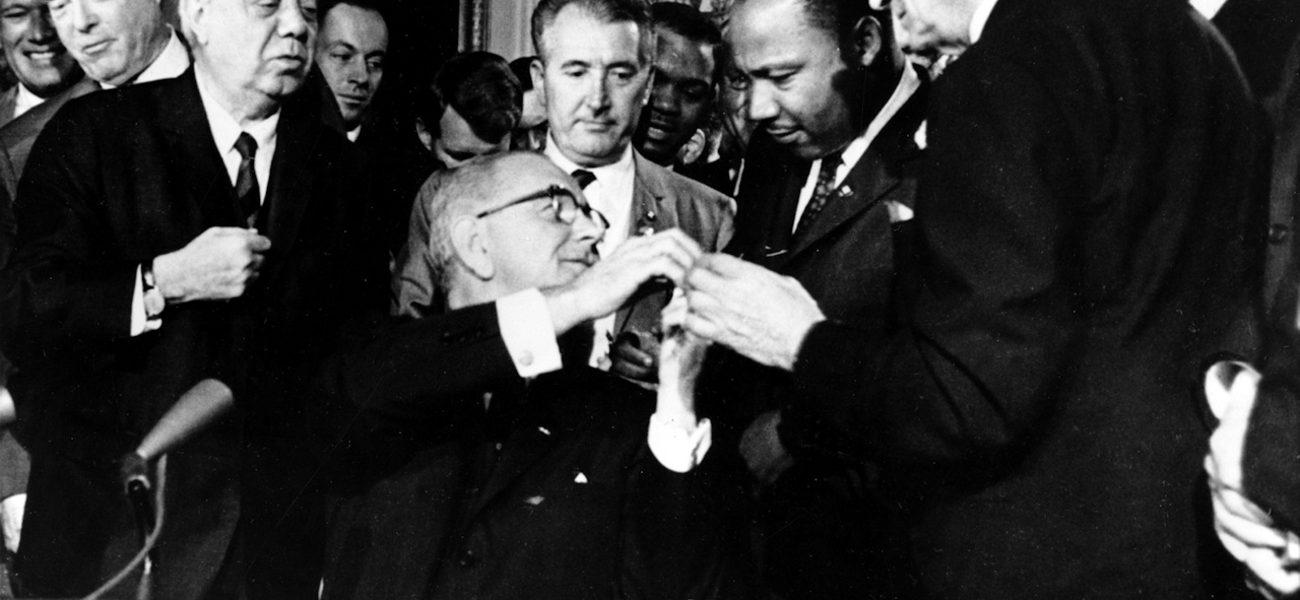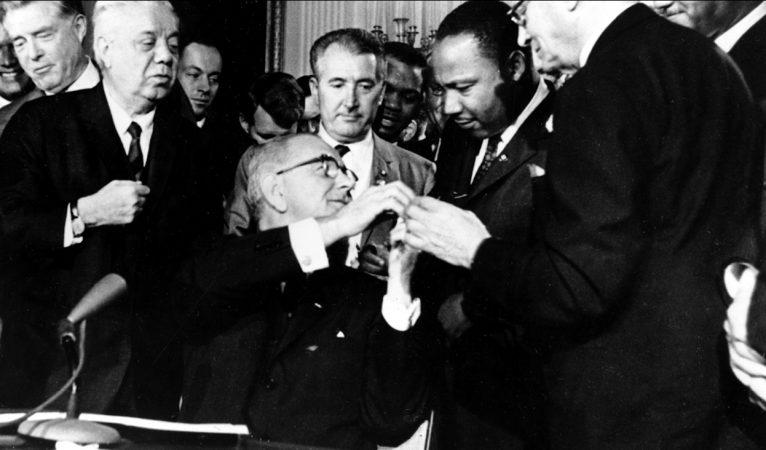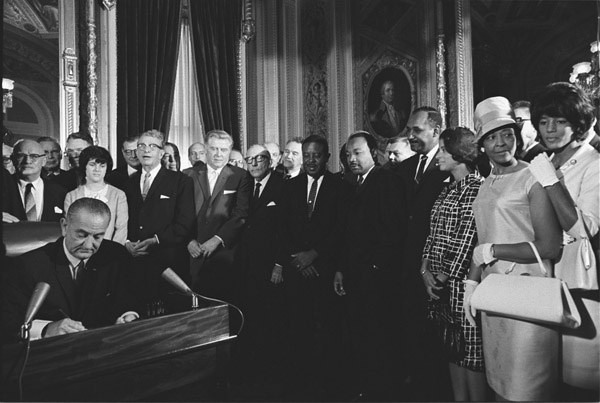
About The Battle Hymn
To state the obvious: ours is an age of fully mediated antagonism.
The Battle Hymn tracks the florid expression of this antagonism as a problem of style, taking the form of an idea to be a significant matter of its content. In this, we share ground and purpose with those who have framed the study of fascist aesthetics, but here, we translate that work for an American audience in our own vernacular. The splitscreen image has become a key form of our collective lived experience of America. It also serves as one of The Battle Hymn’s major figures of exposition, at once a fitting trope, theme, and device for the clashing menagerie of our national imagination.


On one side of the splitscreen, the symbols and gestures of historical fascism get a fresh look on the American stage, spiking the goosestep with a touch of homegrown, aw-shucks spirit. On the other side, vax cards tight in hand, we stiffen with resolve–pencil-to-paper, pen-in-breastpocket–in rigor mortis grip on the Age of Reason. Each side of the splitscreen suffers, it must be said, its own brand of performance anxiety, the latter more self-conscious about its perfectionist flaws than the former, which prefers to dish up messy, with brash and brawn.
If one had to pin a date when the American splitscreen began to take its present shape, one could do worse than the year 1965. That year, the civil rights movement, under the leadership of Dr. Martin Luther King, Jr.– with continued activist pressure, under the grimmest, most hateful conditions– compelled Lyndon B. Johnson to pass the Voting Rights Act. The Act still protects voters from threat and intimidation, though its political muscle has weakened from continuous counterpressures. The Voting Rights Act built upon the premise of the Civil Rights Act of 1964, and should be seen as critical aspect of it, which prohibits discrimination on the basis of race, color, sex, or national origin. Together, these two benchmarks outlined what modern American society could look like and codified the aspirations of a diverse nation.


In 1965, Southern Democrats recoiled against this modern image of America, just as it was coming into focus, and turned definitively against their own party. They found refuge in the GOP, which since 1965 accepted both their voting power and their lost cause and their penchant for Confederate tropes. For better and worse, the GOP married this unruly cousin, who moved in with all of its real-political and cultural-historical baggage. The persona of the southern conservative rebel has since defined a certain rhetorical-performative character in the Republican family drama: loud and defiant in speech and dress, openly transgressive in spirit and gesture, hostile to social and political norms. Southern outlaw masculinity remains a significant well-source of American authoritarian style.
In 1965, the Supreme Court of the United States heard and decided the case Griswold vs. the State of Connecticut. Estelle Griswold, then President of the Connecticut chapter of Planned Parenthood, sued her state for its total ban on the use of contraceptive birth control, even for married couples. Griswold won. Married couples in America would, from 1965 forward, under the protective right to privacy, choose whether, how, and when they would plan a family. Personal privacy would constitute an important trajectory of modern life and continue to expand in scope and practice, from the right of married couples to the right of any couple. Constitutional privacy would increase in reach further, undergirding the right of personal medical and reproductive choice, and beyond that, the right to have sex in any way you want to have it, with whomever you desire, and further still to the right of any couple to marry.
Beyond legal protection, it is difficult to measure the stylistic freedoms that the right to privacy, together with the freedom of speech, have afforded. Such stylistic freedom is particularly visible in the transformative, historical shifts in the expression of sex and gender. Since 1965, in the wake of expansive women’s rights as well as the ever-specifying names and subcultures of the LGBTQ community, we have generated entire new lexicons and ranges of self-representation. Fashion, gesture, speech pattern, food consumption, cultural venues, reading habits, school curriculum, media pathways, and zip codes, all have become both inventive and revealing constructs of identity and politics.




An increasingly violent, antidemocratic movement now flourishes in the rhetorical fires of Christian Nationalism. It rages against multicultural, multiracial American society, even as it clings to a misty photoalbum picturing an imagined past. The hallucination defends itself with ferocity, armed with layers of punishing whitewash: book bans and memory laws and word bleach and worse, equal parts Bradbury, Atwood and Orwell.
Stylistic variation is an unexpected consequence of a pluralistic society. Ever sensitive to tangible, evolving worldly experience, language generates new words and phrases to match word to thing, pronoun to person, idiom to culture, image to reality. The process is neither immediate, nor automatic, nor transparent, and all of it requires repetition, refinement, and cultural consent by the citizens of our proverbial commons. In the lived public sphere, words and images must pass back and forth and back again before acquiring value and meaning and currency. They must be used and useful. Sometimes these new forms stick in the joints of our established worldviews. They tie our tongues and mess with our habits. It can be a struggle to keep up. We stutter to meet the moment, and sometimes we stumble, a sign of pluralistic democracy working, unevenly, awkwardly. Eventually, a different zeitgeist racks into focus, changing our sightlines, bringing different images to the center of the frame.
As pluralism as an American worldview expands and gains currency, the authoritarian response is to retract against its gains, sometimes with violence. The so-called culture wars take aim at the stylistic textures of our world and attack those whose narratives complicate their present and past. The way we see has become as charged as what we see. School board meetings shapeshift from mundane spaces of civic self-regulation to become hostile theaters of extreme contention, inflaming the classroom and dictating what can and cannot be said or taught or read. Multidimensional planes of symbolic exchange deflate and flatten and become literal. Those who question orthodoxies are not critical thinkers but infidels and enemies of the state. Those whose research engages disavowed history, and who advocate for its public airing, are considered unpatriotic or disloyal. The gambit can be deadly.

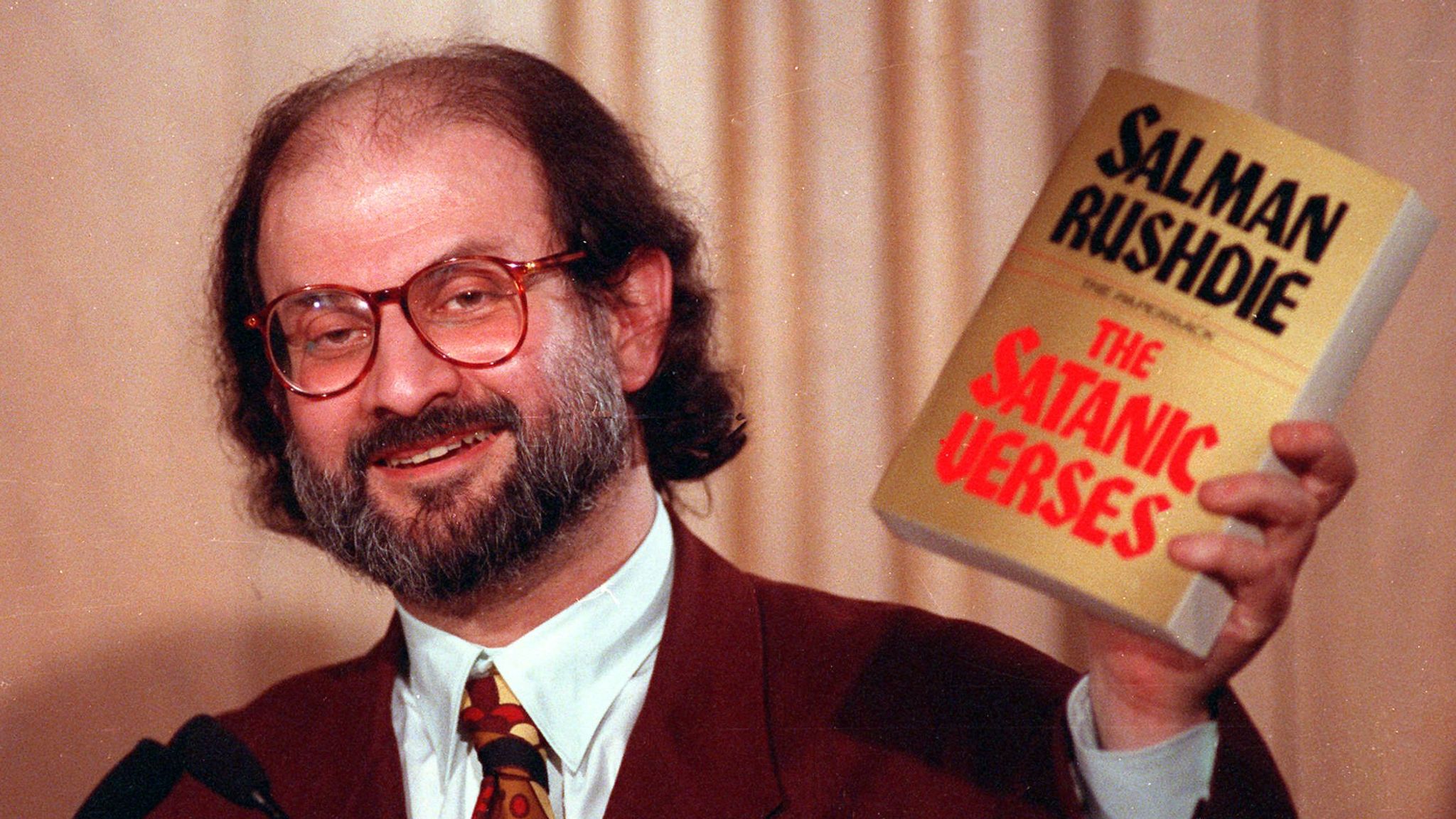
Stark rhetorical differences undergird the splitscreen and animate it.
Pluralism as style favors modes of dilation and differentiation, which give it the sense of opening and expansivity. Its mathematical operations underscore multiplication and addition. Its narrative worlds foster complexity and multiple points of view, engendering protagonists with dimension and conflict. Ambivalence and intersectionality mark the stories of a pluralistic society, which often end with unsettling closure.
Authoritarian style revolves around proscription and literalism. Rigid hierarchies and classifications and absolutes are telltale signs. It favors reduction and counters complexity with singularity. Its mathematical tropes are subtraction and division, thereby producing an image of competitive scarcity. Zero sum logic induces a brutal calculation of winners and losers. Its plotlines are spare and mythic, and its heroes overcome adversity by vanquishing an antagonist, who is a direct threat to the hero’s world. The victorious hero, must return to the fold with accounts of dominance and tokens of victory.
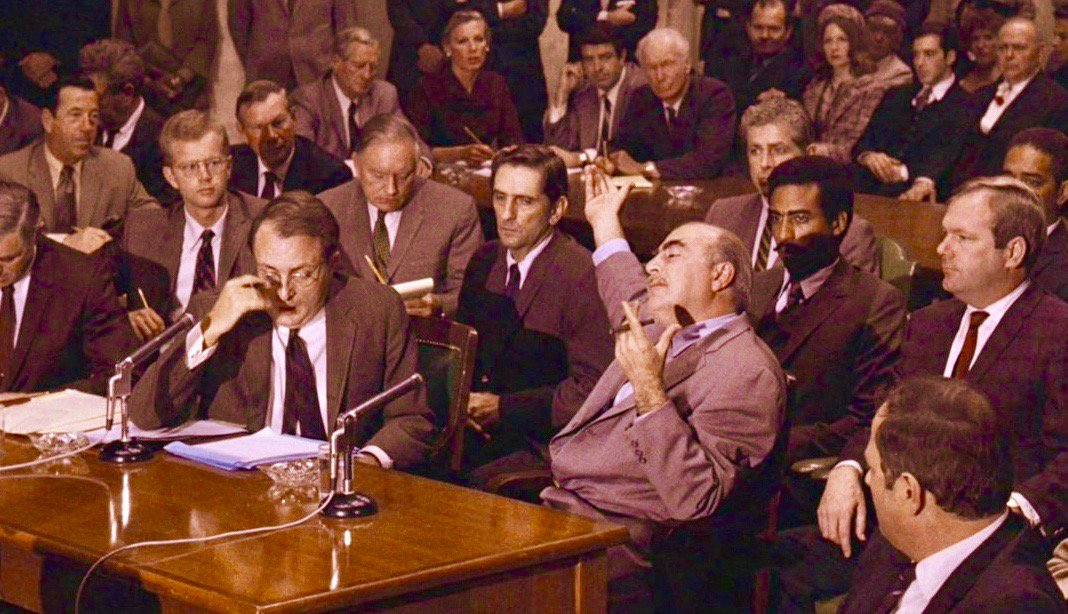

The January 6 Committee hearings have been covered in the press by both political journalists and television critics, the latter observing the way they conform to the highly polished, consumable style of an episodic series. One political journalist has referred to the initial set of hearings as the “first season.” Each individual ‘episode’ is thematically consistent and draws a tightly drawn narrative arc featuring different main characters, through whose perspective we see the story. As bipartisan chairs of the committee, Liz Cheney and Bennie Thompson serve as our steadfast narrators, sober and reliable, storytellers in whom we can finally trust. Their end-to-end framing of each hearing-episode recalls the intros and outros of Rod Serling’s Twilight Zone. They measure how quickly we’ve leapt from democratic norms to TrumpWorld’s uncanny wilds, from one side of the splitscreen to the other, their narrative restraint and understatement holding the strangeness up for communal viewing.
Is Cheney’s voice–insistent upon facts, relentlessly investigative–a splitscreen breakthrough? Her flat monotone has, in some paradoxical way, pierced through the authoritarian discourse that has overtaken her party. Her punishment, in turn, is banishment, where her voice has acquired a new timbre and authority. Its power cannot yet be measured. Cheney as a stylist is astute and strategic, and she often peppers her narrative closure with cliffhangers and previews, dangling the promise of bombshells to come. As part of a GOP dynasty, she understands the culture and knows the rhetorical-political softspots of her people. If she is repenting for the sins of her father–the author of false, highly profitable, catastrophic pretexts–she’s not showing the guilty hand of restitution. Whatever disruptive effect she has, her power is one of authenticity born of narrative location: she speaks from within the discourse she wants to displace.
The blazing,-brilliant rhetorical fire of Jamie Raskin is a good counterpoint to Cheney. While extraordinary in every way, Raskin’s speech originates from an altogether different location; his narrative voice is driven by distant outrage rather than by intimate identification. Cheney’s deadpan icepick, on account of its proximity to the Republican wellspring, is able to slice a rhetorical wedge in the authoritarian discursive style. Her voice opens a discursive space just wide enough for others to cross through with her. She brings along an inner circle bearing witness, faithfuls willing to walk for a time in the wilderness, who can issue forth late-breaking, made-for-media confessions. These are the characters with long exposures to the subject, who have seen in extreme close up what took place behind the scenes, hitherto hidden from view.
These breakaway confessions and revelations come late in the fourth act of an American tragedy. If past is prologue, the fifth act will bring storms and rage and downfall. Yet no one knows precisely what carnage will be left on stage, or which character will deliver the play’s last lines, or whose hero will survive this dramatic night to take the narrative day. Some of the authoritarian characters will plainly fall, or at least be diminished, or perhaps they will take refuge for a time in a nation driven by its own authoritarian style. Some of the defenders of democratic norms shall surely prevail, at least in part. Some justice will certainly be served, but not in every case or for every culpable deed. We will likely never see a fully satisfying closure to the story. One can instead try to imagine a sequel in the series, plots twisting, unresolved, in the parched, desert winds.
